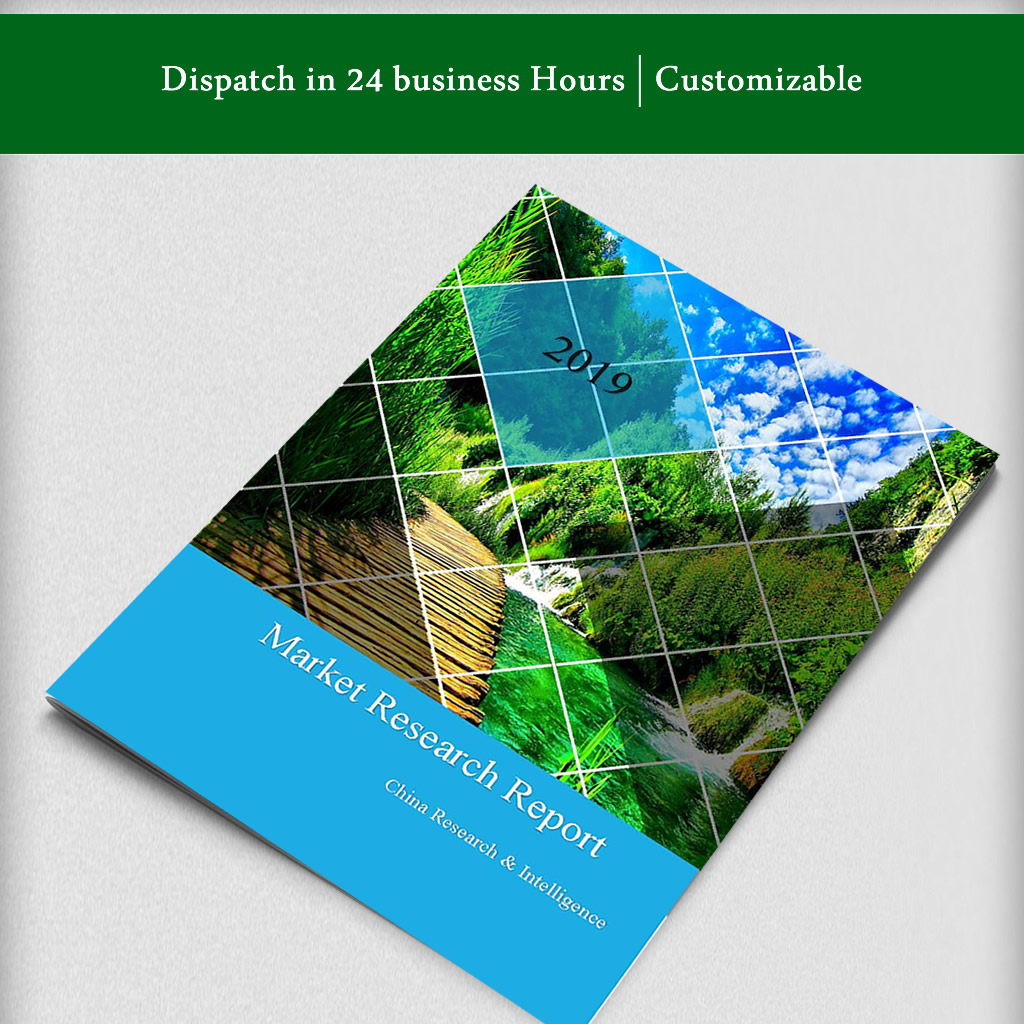Description
Description
Hemophilia is an X-linked recessive hemorrhagic disease. It is classified into hemophilia A, a deficiency in clotting factor VIII and hemophilia B, a deficiency in clotting factor IX. Both hemophilia A and hemophilia B are caused by gene mutations.
There is no racial or regional difference in the incidence of hemophilia. In the male population, the incidence of hemophilia A is about 1/5,000, and the incidence of hemophilia B is about 1/25,000. Of all hemophiliacs, patients with hemophilia A account for 80% to 85% and patients with hemophilia B account for 15% to 20%. Hemophilia is rarely seen in women. Because of economic factors and other factors, the incidences of hemophilia vary greatly from one country to another and even vary greatly from one period to another in the same country. It is estimated that there were more than 100,000 hemophiliacs in China at the end of 2018. And most of them failed to receive timely treatment because they had no ability to pay.
Prothrombin complex concentrate (PCC) is made from healthy human plasma. Made up of clotting factors II, VII, IX and X, PCC has been on the global market for more than 50 years. In earlier years, PCC was used to treat hemophilia B. In recent years, with the development of medical technologies and the accumulation of clinical experience, the indications and demand for PCC are expanding.
In China, PCC has been approved to:
(1) prevent and treat bleeding caused by the deficiency in clotting factors II, VII, IX or X, for example, the bleeding caused by hemophilia B, severe liver diseases (acute severe hepatitis, cirrhosis, etc.), disseminated intravascular coagulation (DIC) and surgeries;
(2) reverse the bleeding induced by anticoagulants such as coumarins and indandione;
(3) prevent and treat the bleeding in patients who have hemophilia A and have produced inhibitory antibodies against clotting factor VIII;
(4) treat newborn babies who have secondary vitamin K deficiency and those who take broad-spectrum antibiotics in severe bleeding or preoperative preparation; and
(5) treat diphacinone sodium salt poisoning.
According to CRI’s market survey, the market size of PCC kept rising after the drug was launched in China. In 2017, it reached about CNY 70 million, representing a CAGR of about 25.90% from 2013 to 2017. PCC is only sold in the dosage form of injection in China. As PCC production requires high technologies, China prohibits the import of PCC and there are few manufacturers of PCC in China, China’s PCC market is highly concentrated with CR5 of more than 90%. In 2017, Hualan Biological Engineering Inc. took up the largest share of China’s PCC market. Its market share was about 55% by sales value and about 63% by sales volume. The other major market players were Shandong Taibang Biological Products Co., Ltd., China Meheco Xinxing Pharma Co., Ltd., etc.
CRI expects that as the numbers of hemophiliacs and patients with severe liver diseases continue to increase and medical expenses become more affordable to Chinese people with China’s economic growth, China’s PCC market will have huge growth potential from 2019 to 2023. The high profit rate of PCC is attracting more competitors to the market. For example, in Aug. 2019, Boya Bio-pharmaceutical Group Co., Ltd. announced that its PCC was under the priority review of the Center for Drug Evaluation of China’s National Medical Products Administration (NMPA CDE) and was expected to be launched in China in one to two years.
Topics Covered:
– Incidences of hemophilia and severe liver diseases in China
– Supply of and demand for PCC in China
– Competition on China’s PCC market
– Prices of PCC in China
– Major factors influencing the development of China’s PCC market
– Prospect of China’s PCC market from 2019 to 2023


